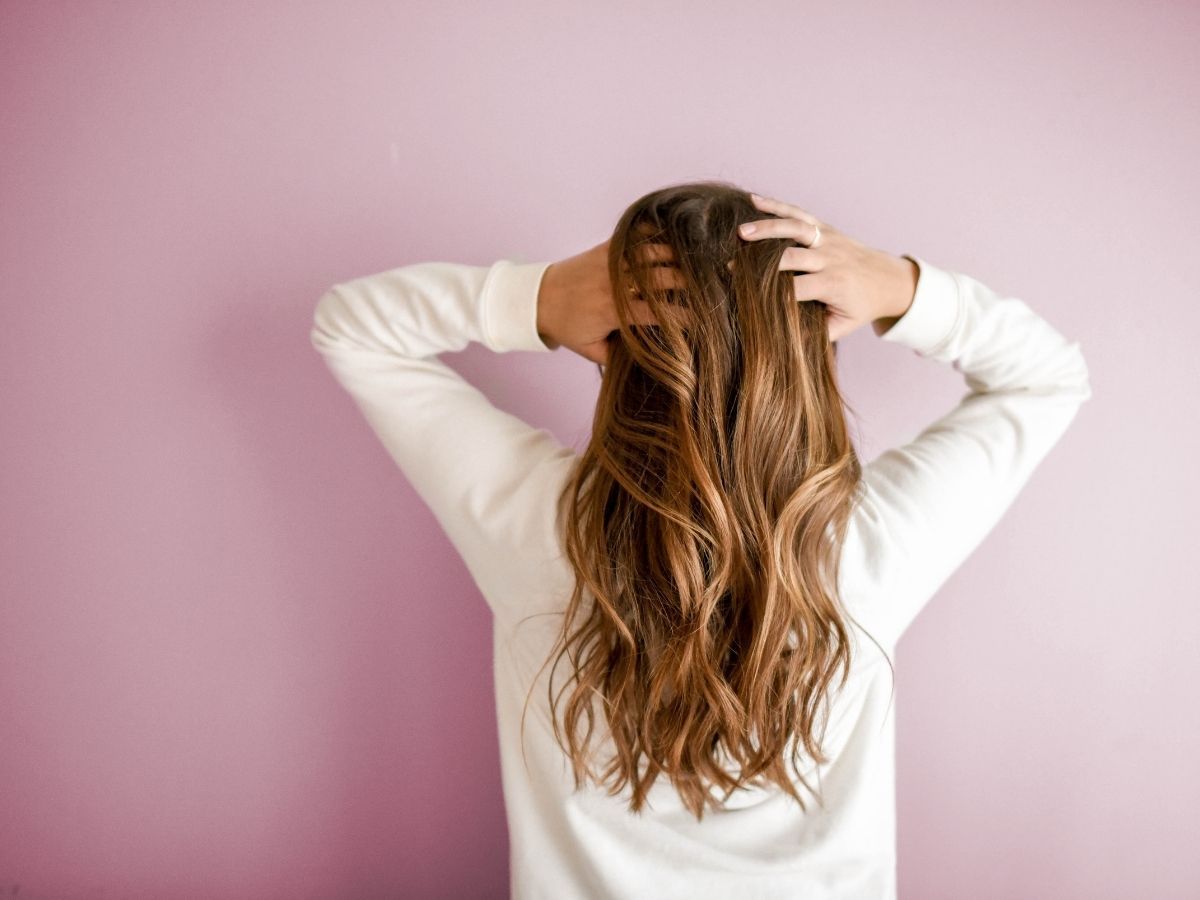PRP is a hair loss medical treatment that is used to increase hair growth, thickening of existing hair and suppress hair loss as it increases circulation in the scalp.
In this therapy first, we need to draw blood from the patient. The area is prepped with a sterile alcohol pen. We draw the blood and aim to separate the plasma from the blood.
The extracted blood is now placed into the centrifuge. It is a good practice to get a full set of photos on the patient’s first visit so that we can do a comparison after the procedure.
So now we have the platelet-rich plasma separated from the red blood cells. Then the plasma will be transferred or pipette off and placed into the red tube. There is a whitish area between the red blood cells and the plasma that has the highest concentration of growth platelets.
Now the tubes are sent into the centrifuge for their second spin so that we get the highest concentration of plasma for best effects.
PRP therapy is used when the patient is concerned about her receding temples that have thinned out due to natural or genetic reasons. So the PRP is injected through both these temples which creates a little bump.
The skin starts to numb after some time which means the anaesthetic has started soaking in and doing its job. Then we process for the final PRP after its final spin. First, we remove the platelet-poor plasma from the top of the tube.
Now we’re ready to inject the PRP into the scalp once the calcium gluconate has been activated. Here the procedure of PRP is completed.
This procedure also has a few aftercare precautions that the patients need to take for the best results. They will experience some numbness to the scalp for the next few days.
Also as soon as the effects of the anaesthetic wear off they are going to have some soreness or sunburn feeling to their scalp for about three to four days. Tylenol or any over the counter pain medication can be used to minimize the soreness.
There is a possibility of some mild swelling along the forehead area approximately three days after the procedure. To avoid this, you can use ice compresses along the forehead and scalp before going to sleep the night of the procedure and also to sleep elevated for the next three nights.
You should avoid working out the night of the procedure to avoid swelling and sweating around the forehead and scalp. You should not dye your hair for the next 48 hours after the procedure because the dye can irritate the little injection spots on the scalp.
Anyone is eligible for PRP hair therapy. But there are some exceptional cases. PRP therapy is not advised by many doctors if someone is on blood thinners, is a heavy smoker, or has a history of drug abuse.
A person can also be rejected if he or she is diagnosed with diseases like cancer, chronic liver disease, thyroid disease, low platelet count, and so on.
A total of 3 PRP treatments are planned one month apart. After the third treatment is complete, it takes another three months to see the final results and evaluation.
Most patients receive some increased density of their hair follicles and approximately three to four weeks after the first treatment depending on the severity of the hair loss while some people receive their results after the second or third treatment.
Frequently Asked Questions:
Is it possible to regrow hair with platelet-rich plasma?
PRP cannot restore hair from scratch; at the very least, a dormant hair follicle is required. If a patient's alopecia is severe, transplanted hair follicles must be used to "seed" the area.







